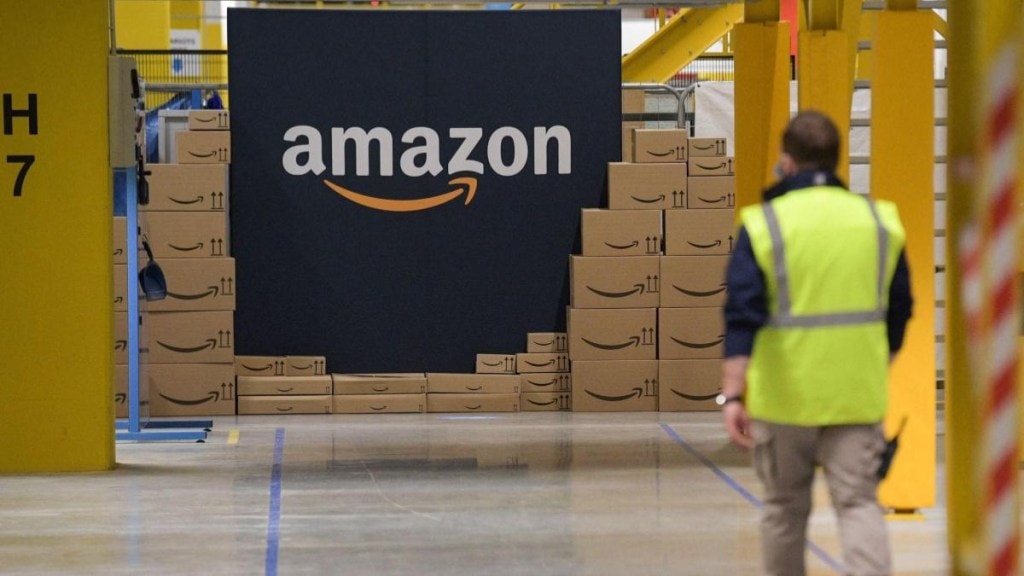Amazon, the third-largest employer in the United States, is reportedly preparing to lean heavily on automation. The move could see more than half a million human jobs being replaced by robots over the next decade, the New York Times reported.
According to the Times’ report citing leaked internal documents, Amazon is planning to expand its robot workforce to streamline operations and cut down on human labour. The documents suggest that by 2033, up to 600,000 positions could be replaced through automation. While the report doesn’t confirm mass layoffs, it said Amazon could avoid hiring new workers as demand rises, effectively shrinking its human workforce over time.
The documents cited by the Times also showed that Amazon is attempting to soften the public perception of this shift. The company has reportedly discussed presenting itself as a “good corporate citizen” by engaging in local community initiatives. Additionally, executives were advised to avoid words such as “automation” or “AI”, instead using friendlier terms like “advanced technology” or “cobots” (collaborative robots), the Times reported.
What did Amazon say about this report?
In a response to the NYT, Amazon spokeswoman Kelly Nantel said the leaked materials were incomplete and did not reflect its broader hiring strategy. Nantel told the Times that Amazon still plans to hire 250,000 people for the upcoming holiday season but declined to specify how many positions will be permanent. The company also denied instructing executives to avoid specific terminology.
The company further said that its community involvement programs are not related to automation.
Amazon’s automation journey
Amazon’s journey toward automation began in 2012 with its $775 million acquisition of Kiva Systems, a robotics firm that revolutionised its warehouse operations. The company’s latest robotic facility in Shreveport, Louisiana, serves as a blueprint for future fulfillment centers, where minimal human interaction is needed once packaging begins, the report stated.
According to the report, the Shreveport site’s workforce was 25% smaller than that of a comparable non-automated warehouse and Amazon anticipates that further automation could halve the number of employees required for similar facilities.
Quoting a “strategy plan for 2025” by Amazon’s robotics team, the Times stated, “With this major milestone now in sight, we are confident in our ability to flatten Amazon’s hiring curve over the next 10 years.”

